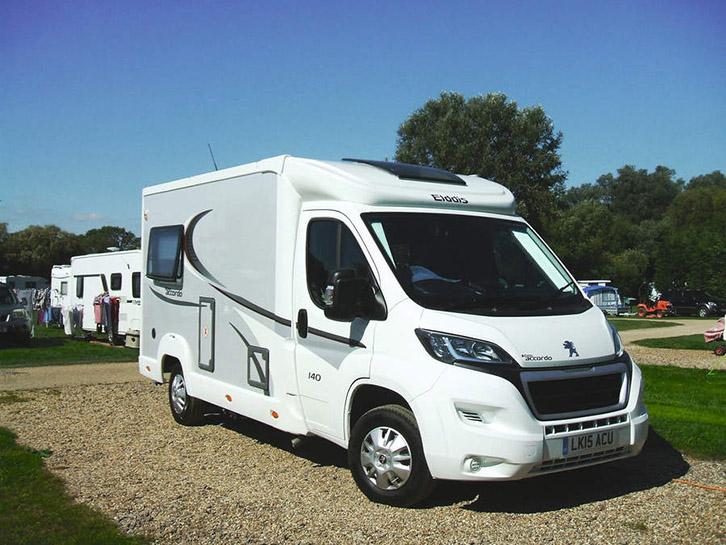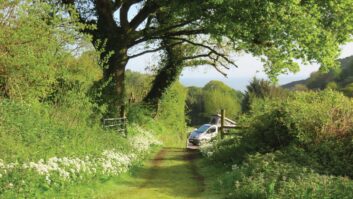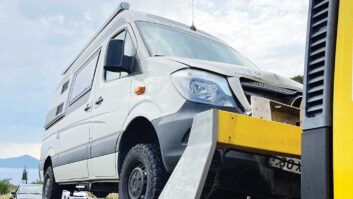Six in 10 drivers (62%) would like to see all-lane-running smart motorways scrapped and the hard shoulder restored, research has revealed.
However, the respondents said they would like to see the technology retained that manages traffic flow and detects breakdowns, the study from the RAC Report on Motoring 2021 found.
Of the 2,652 drivers who responded, only 24% said they were in favour of the government’s current policy. This is for four permanent running lanes and the removal of the hard shoulder, while increasing the number of emergency refuge areas. Technology is also deployed to find stationary vehicles, with cameras spotting drivers who are not abiding to the closed-lane signs.

63% of drivers do not view the measures being put in place as suitably compensating for the hard shoulder’s removal. These include variable speed limits that will fluctuate depending on incidents or as traffic flow dictates, closed-lane signs, SOS emergency refuge areas every 1.6 miles and technology to detect slowing or stationary vehicles.
In comparison, 15% thought they were suitable measures, while 21% remained unsure.
The RAC study also found there is a rise in concerns over smart motorways, with 24% of drivers considering it to be their primary motoring issue, up from 16% last year.
While 43% of drivers who have used smart motorways said they feel safe on them, 30% said they do not, while 24% said they felt ‘very unsafe’.
The pressing concern is what would happen if they broke down while using one, with 84% saying they feel safety is hindered by lack of hard shoulder – a rise from 67% in the 2019 RAC Report on Motoring.
63% also think the 1.6 mile distance between SOS areas is too much, which could explain why 79% are concerned about not reaching one in time if they broke down. There’s also a lack of understanding over what should be done in the event of a breakdown, with 46% saying they wouldn’t know.

RAC head of roads policy Nicholas Lyes said: “Our research reveals the enormous strength of feeling among drivers of all ages about the safety of all-lane-running smart motorways. But while there’s support for scrapping these motorways across all age groups, it’s highest among those aged 45 and over, with 73% wanting to see the end of these schemes.”
“We’ve always had safety concerns about all-lane-running motorways and have raised these by giving evidence to two separate Transport Committee inquiries. While the Government published its 18-point action plan in 2020, the RAC has continued to push for new safety features to be introduced as quickly as possible. Although much of the plan is on track and the installation of crucial stopped vehicle detection technology is now due to be completed ahead of schedule, it seems the only thing that will truly satisfy most drivers is the re-instatement of the hard shoulder.”
“The Government is therefore faced with a difficult choice between continuing to roll out unpopular all-lane-running motorways very much against drivers’ wishes or reinstating the hard shoulder, effectively creating three-lane ‘controlled motorways’ which would have the benefit of improved safety features but with less overall capacity.”
“The RAC, however, believes there’s a third option worth considering which provides increased capacity without adversely compromising safety. Rather than simply scrapping dynamic hard shoulder schemes, which only open the hard shoulder to traffic at busy times of the day, these schemes could be made the new standard as they still offer somewhere to stop away from live traffic in the event of a breakdown during quieter times, while still accommodating more traffic at busy times. They have also demonstrated very good levels of safety. What’s more, all the technology that’s been installed for all-lane-running would continue to be of valuable use, making dynamic hard shoulder schemes even safer.”
“Arguably, all that would be needed is to repaint the sold white hard shoulder line and potentially some additional gantry signs. We would also like to see the ‘red X’ closed-lane symbol illuminated whenever the hard shoulder is not being used as a running lane alongside variable message signs indicating the hard shoulder is for emergency use only so drivers clearly know it’s not in use. That way there is no confusion and anyone who has to stop due to a breakdown or incident is likely to be better protected.”
Where do you stand in the debate? Should smart motorways be scrapped and the hard shoulder restored or should they stay as they are? Tweet us at @pmotorhome and let us know what you think!
If you enjoyed reading this article why not check out some of these…
ORR report backs up National Highways findings on safety of smart motorways
New road substance trialled on the A1
The digital revolution to transform our roads
If you’ve enjoyed reading this article, why not get the latest news, reviews and features delivered direct to your door or inbox every month. Take advantage of our brilliant Practical Motorhome magazine SUBSCRIBERS’ OFFER and SIGN UP TO OUR NEWSLETTER for regular weekly updates on all things motorhome related.
Our research reveals the enormous strength of feeling among drivers of all ages about the safety of all-lane-running smart motorways.







